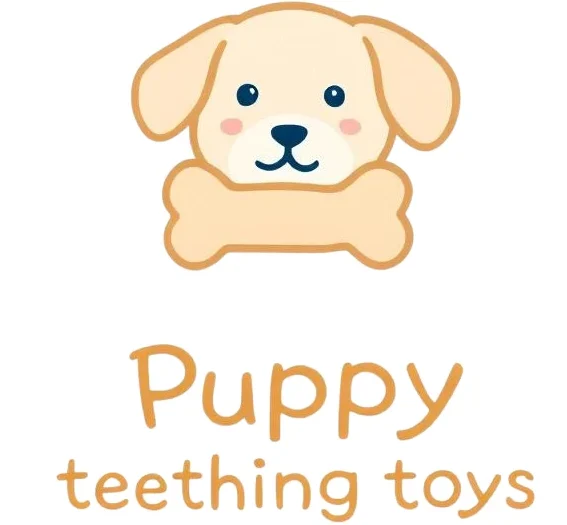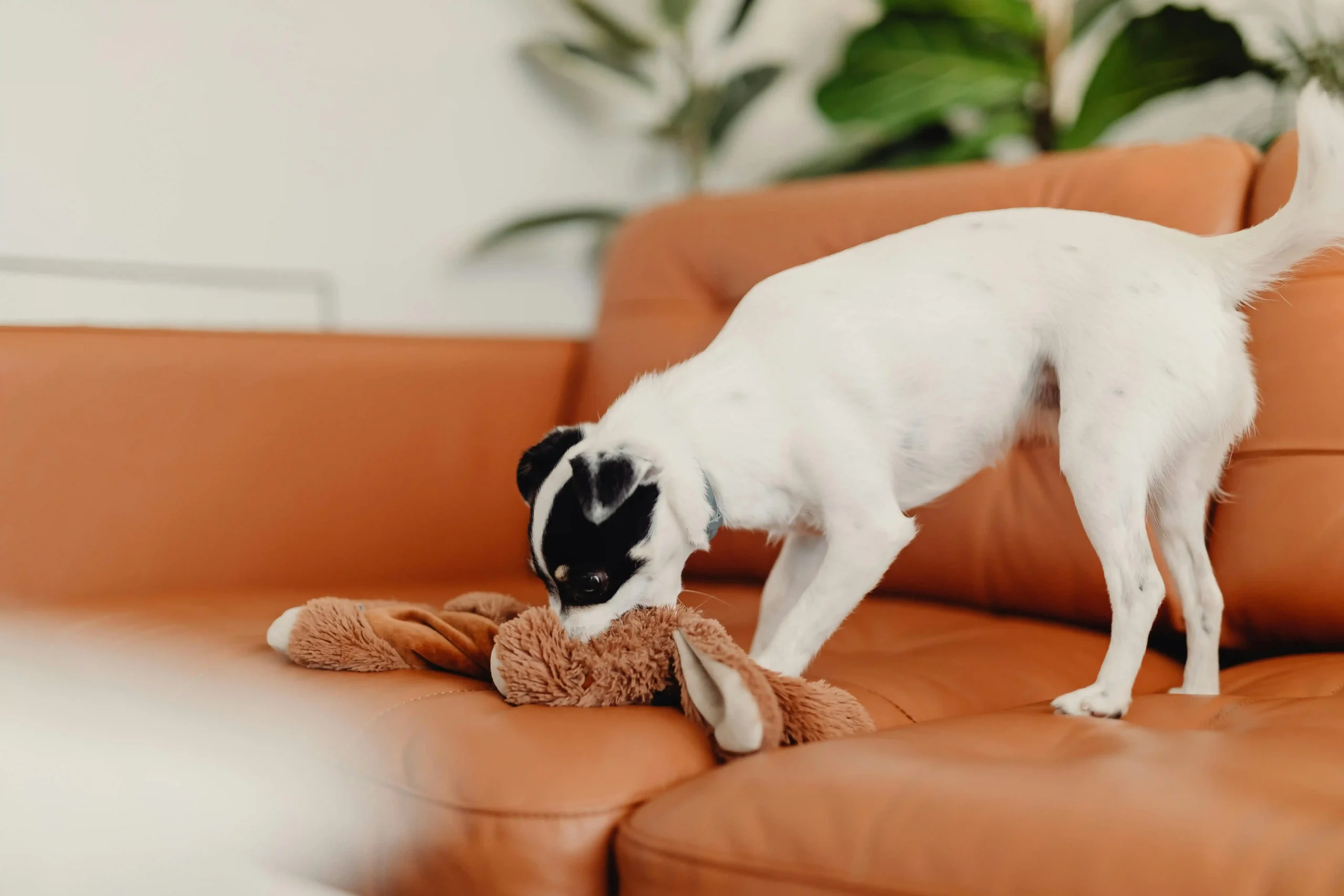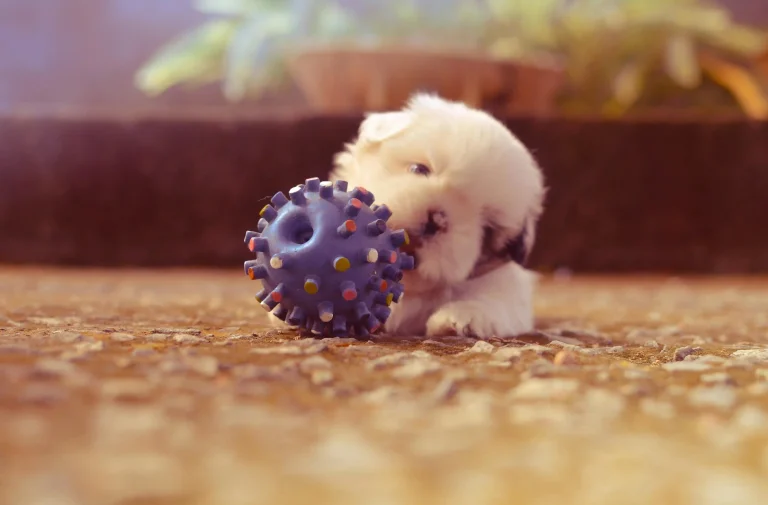When Do Puppies Start Teething? Full Timeline by Breed
Just like human babies, puppies go through a teething phase that can be uncomfortable and confusing—for both the pup and the owner.
If you’re wondering when puppies start teething, how long it lasts, and what to expect, this guide walks you through every stage, with special notes on different breeds.
Puppy Teething Timeline (General Guide)
| Age | Stage | What Happens |
|---|---|---|
| 2–4 weeks | Milk teeth erupt | First baby teeth begin to show (while still with mother) |
| 5–6 weeks | Full set of baby teeth | 28 deciduous teeth in total |
| 12–16 weeks | Teething begins | Baby teeth start falling out |
| 4–6 months | Adult teeth come in | Permanent teeth replace baby teeth |
| 6–8 months | Teething ends | Full set of 42 adult teeth formed |
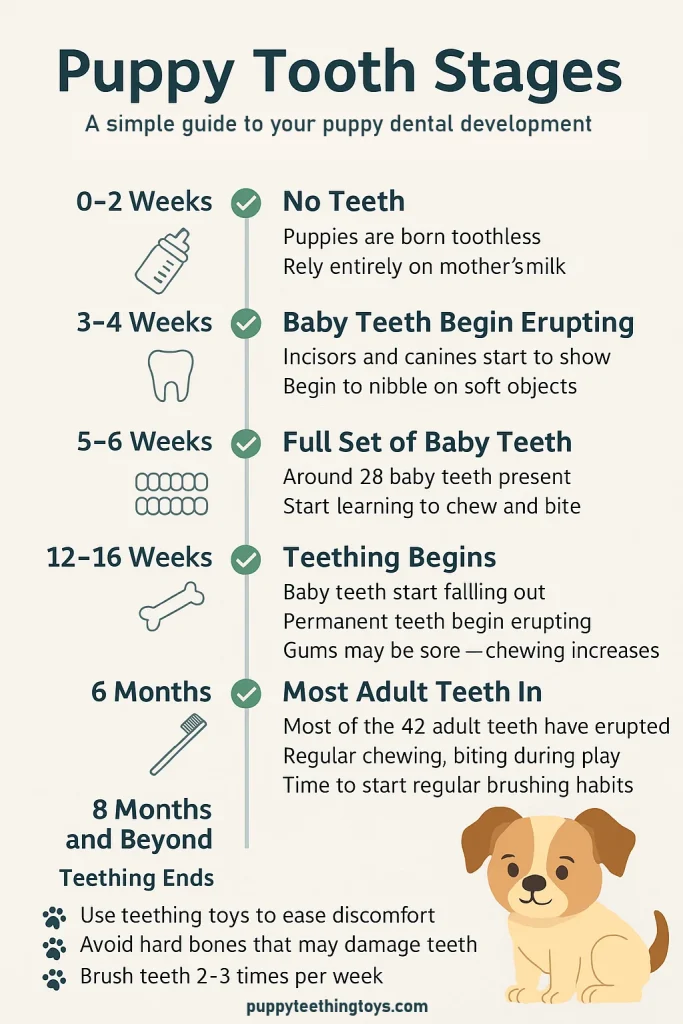
Signs Your Puppy is Teething
- Increased chewing and biting
- Swollen or red gums
- Drooling more than usual
- Mild bleeding from gums
- Decreased appetite
- Whining or irritability
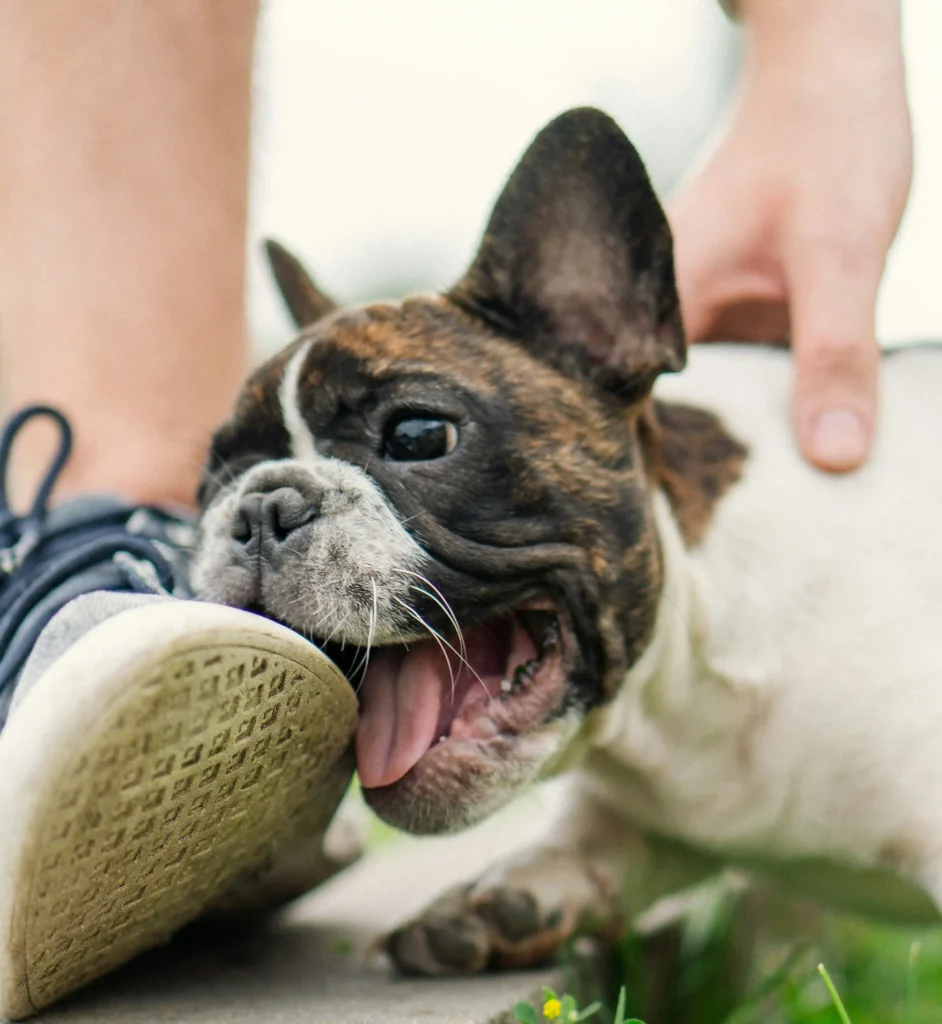
Tip: These signs are normal, but if your puppy seems in pain or avoids food, contact your vet.
Teething Timeline by Breed Size
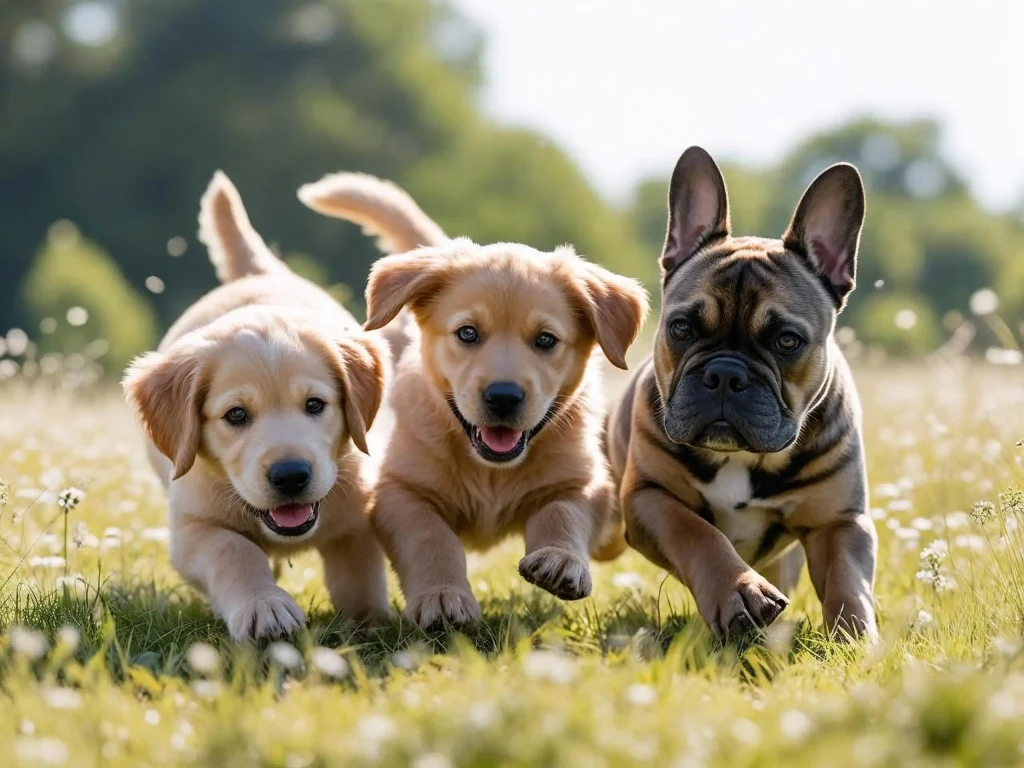
🐶Small Breeds (Chihuahua, Pomeranian)
- Start: 10–12 weeks
- Finish: Around 6 months
Note: May retain baby teeth longer
🐕 Medium Breeds (Beagle, Spaniel)
- Start: 12–14 weeks
- Finish: 6–7 months
🐕🦺 Large Breeds (Labrador, German Shepherd)
- Start: 14–16 weeks
- Finish: 7–8 months
Note: Chew strength is high—choose durable toys
Is Puppy Teething Painful?
Yes, but not severely. Most puppies experience mild to moderate discomfort like babies.
They instinctively chew to soothe their gums.
We’ll soon be recommending the safest teething toys for every breed and age group!
What to Expect During Each Stage
- Early Stage (3–4 months): Lots of chewing, mostly soft toys
- Mid Stage (4–6 months): Teeth falling out, gums may bleed
- Late Stage (6–8 months): Permanent teeth develop, stronger bites
When to See a Vet
Seek help if:
- Baby teeth don’t fall out by 6 months
- Double teeth appear (retained teeth)
- Puppy refuses food or cries while chewing
Conclusion
Watching your puppy grow is a joyful experience—but the teething phase can be one of the more challenging parts of puppyhood. Understanding when puppies start teething, what signs to look for, and how the process unfolds by breed size can help you support your furry friend with confidence and care.
From the first baby tooth to a full set of adult chompers, your puppy goes through several stages of oral development—each with its own discomforts, habits, and needs. Whether your pup is a tiny Chihuahua or a big Labrador, they all need one thing during this stage: safe teething relief and gentle guidance.
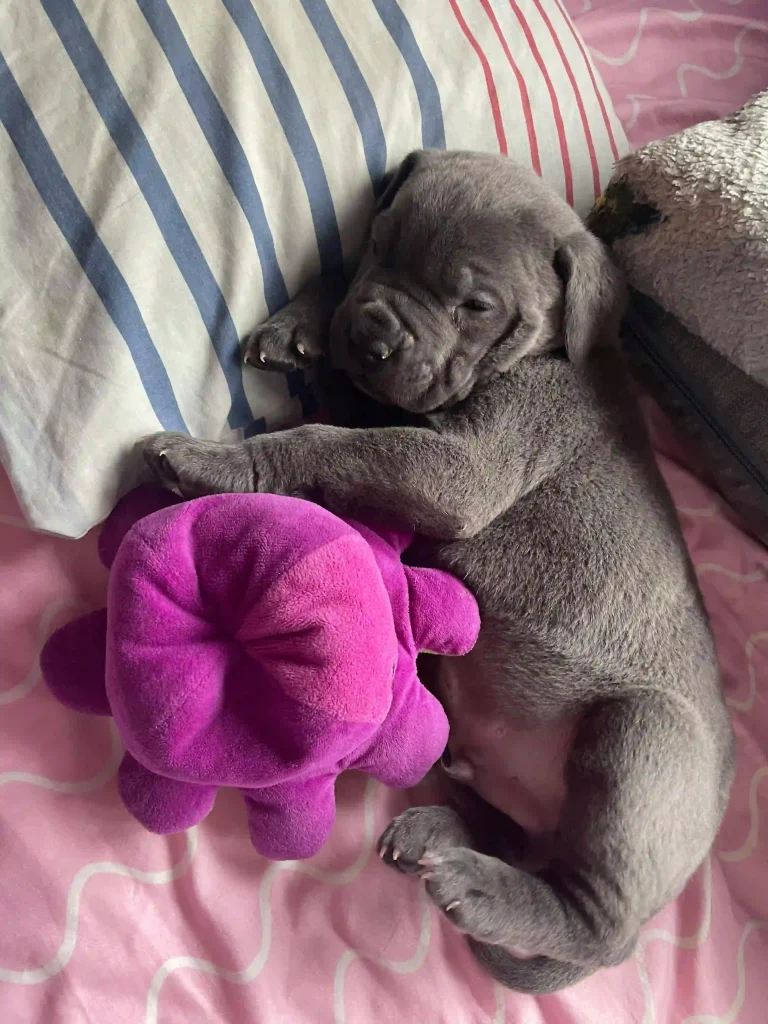
Providing the right chew toys, keeping an eye on symptoms, and consulting a vet when necessary can prevent long-term dental issues and destructive chewing habits. Remember, teething is temporary—but the bond you build by helping your pup through it lasts a lifetime.
